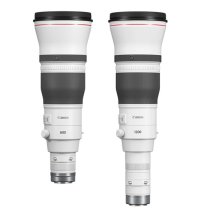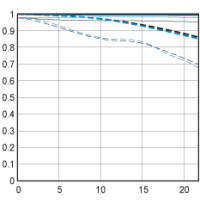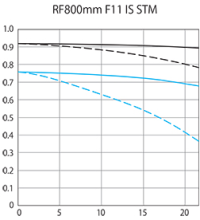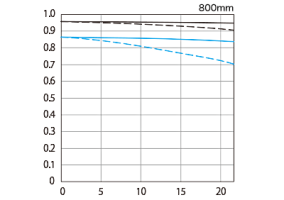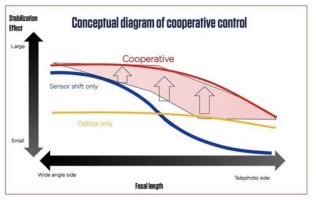At face value, that looked awesome until I realizedOf course, this is rational. Leica did it in 1996 with the modular Apo-Telyt-System.
View attachment 202599
I saw it and thought awesome until I realized it is essentially Leica selling a 280mm and 400mm 2.8 lens but forcing you to buy the entire back half of the elements groups separately rather than just adding teleconverter for each focal length so they can charge you more money for duplicate glass.Of course, this is rational. Leica did it in 1996 with the modular Apo-Telyt-System.
View attachment 202599
Upvote
0

